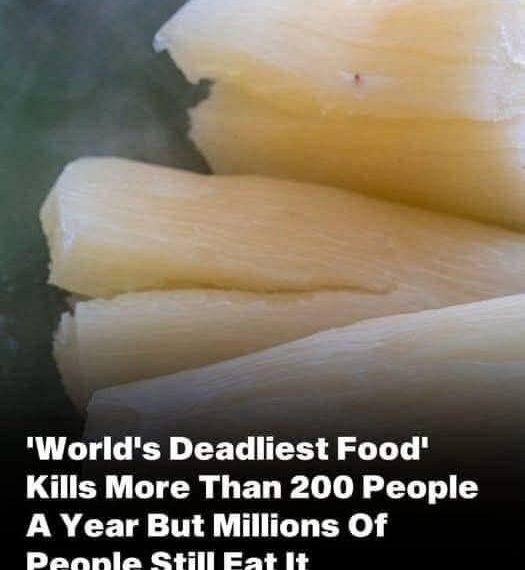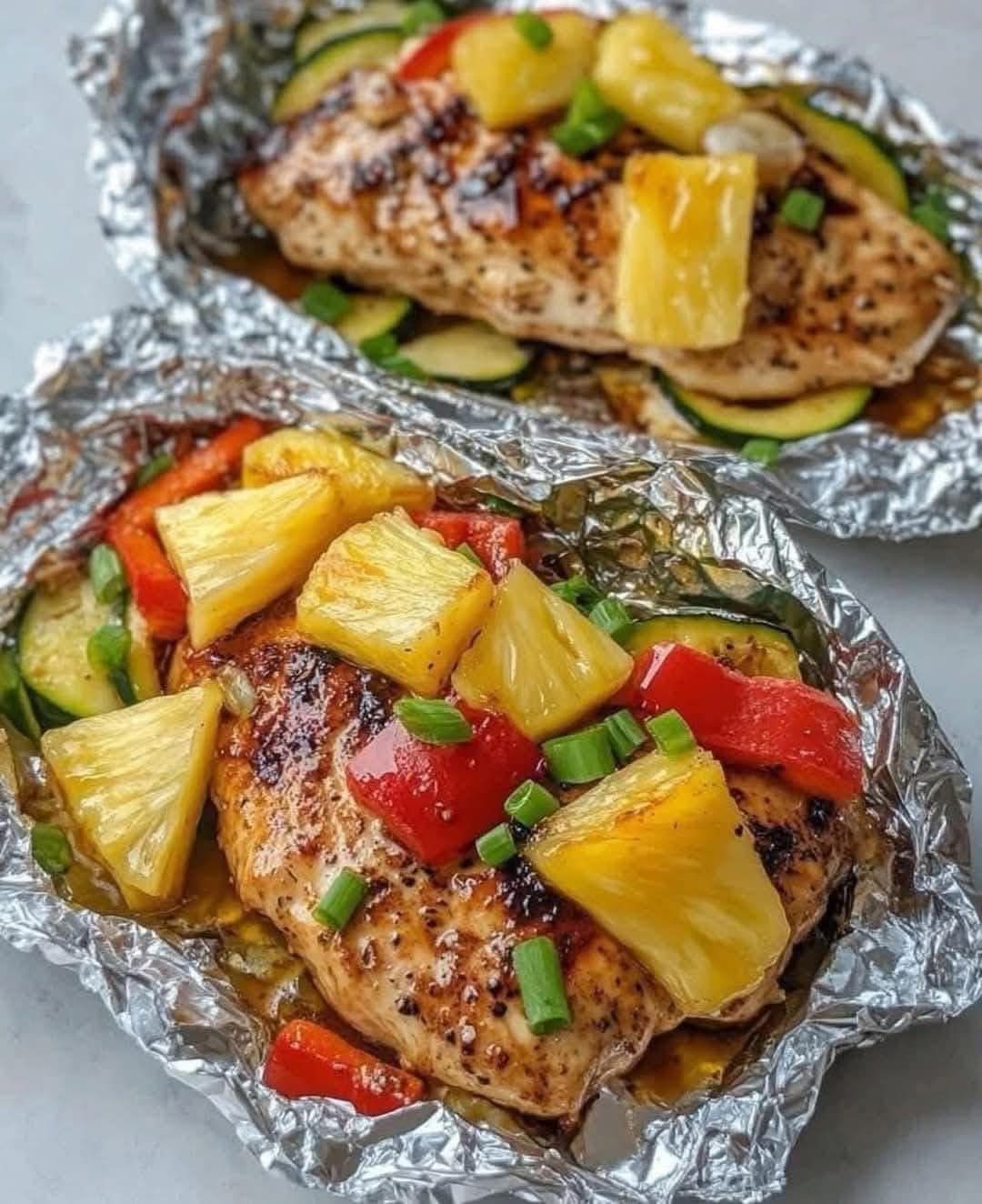When we think of dangerous foods, we usually picture raw shellfish, undercooked meat, or exotic delicacies from faraway places. But one of the deadliest foods on the planet isn’t some rare, forbidden ingredient—it’s a humble root vegetable eaten daily by hundreds of millions of people.
It’s called cassava, and while it’s a staple food in large parts of Africa, Asia, and Latin America, it has earned a chilling nickname: “the world’s deadliest food.”
Despite being a nutritional powerhouse when properly prepared, cassava causes over 200 deaths globally every year, most of them due to improper preparation or lack of knowledge. Yet over 500 million people rely on it as a primary food source.
So how can something so widely consumed also be so dangerous?
Let’s dig deeper into this complex crop—its history, risks, benefits, and why it’s still vital to the survival of millions around the world.
🌱 What Is Cassava?
Cassava—also known as yuca, manioc, or tapioca root—is a starchy tuber native to South and Central America. It resembles a long, brown-skinned root and is similar in texture to a potato.
After centuries of cultivation in the Americas, it spread globally through colonial trade and is now a dietary staple in tropical and subtropical regions, particularly in Africa, Southeast Asia, the Caribbean, and South America.
Cassava is known for being:
- Drought-resistant
- Easy to grow in poor soils
- Highly productive, with a large yield per acre
- Versatile in both sweet and savory dishes
It is often used to make:
- Cassava flour
- Tapioca pearls
- Gari, fufu, or cassava cakes
- Chips, flatbreads, and porridges
For many subsistence farmers in the developing world, cassava is more than just a vegetable—it’s a survival crop.
🧪 Why Is Cassava Dangerous?
The danger lies in the plant’s natural chemical defense.
Cassava, especially bitter varieties, contains cyanogenic glucosides—compounds that, when metabolized, produce hydrogen cyanide (HCN). Yes, the same poison once used in chemical warfare and infamous historical atrocities.
Consuming raw or improperly processed cassava can lead to cyanide poisoning, which can be fatal or cause severe and irreversible health conditions.
According to the World Health Organization (WHO):
“Cassava tubers contain a varying quantity of cyanogenic glucosides which protect the root against attack by animals and insects. Appropriate processing before consumption can reduce cyanogenic glucoside content of cassava. When high cyanogenic cassava is not processed correctly, high dietary cyanide exposure occurs.”
⚠️ The Deadly Consequences: Cassava and Cyanide Poisoning
🧍♂️ Acute Cyanide Poisoning
Symptoms may include:
- Dizziness
- Nausea
- Headache
- Vomiting
- Confusion
- Difficulty breathing
- Loss of consciousness
- Death in severe cases
This often happens when cassava is consumed raw or only lightly processed.
🧠 Konzo – A Devastating Neurological Disorder
Perhaps even more alarming is konzo, a paralytic disease associated with long-term exposure to dietary cyanide.
“Konzo is an irreversible spastic paraparesis of sudden onset, associated with the consumption of bitter cassava and a low-protein diet,” WHO explains. “It is a disease of extreme poverty.”
People affected by konzo—mostly women and children—experience sudden, permanent leg paralysis, and in many cases, are left unable to walk for life.
Outbreaks of konzo often occur in refugee camps, famine-stricken areas, or conflict zones where cassava becomes the only available food source and proper processing is not feasible.
🌍 Why Do So Many People Still Eat It?
Despite the risks, cassava remains one of the most consumed staple crops on Earth—especially in the developing world.
Here’s why:
✅ It Grows Where Other Crops Fail
Cassava thrives in:
- Poor soils
- Drought-prone regions
- Tropical and subtropical climates
- Low-input farms (no need for fertilizers or pesticides)
For subsistence farmers, cassava offers reliable calories when rice, wheat, or corn won’t grow.
✅ It’s Calorie-Dense and Fills Stomachs
Cassava is rich in carbohydrates—making it an excellent energy source for families in low-income or food-insecure regions.
In places where malnutrition and hunger are widespread, cassava provides essential calories, often in the form of porridge, mash, or dried flour.
✅ It’s Versatile and Cheap
Processed correctly, cassava is used to make:
- Bread and flatbreads
- Tapioca pudding
- Gluten-free baking mixes
- Fufu (a popular West African dish)
- Chips and snacks
- Starch for industrial use
Tapioca starch alone is a multi-billion-dollar industry used in:
- Pharmaceuticals
- Textiles
- Paper production
- Food manufacturing





